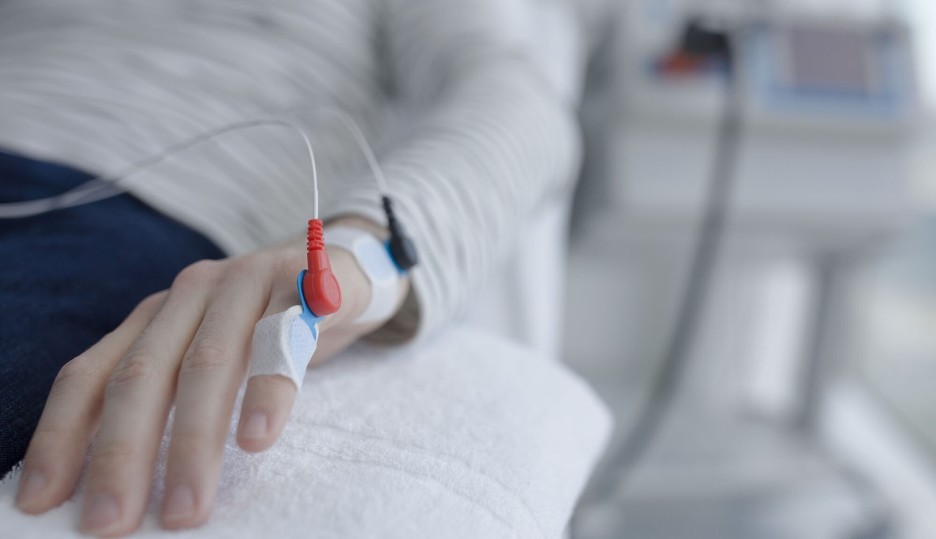What our Biomarker Engineering and Analytics (BEA) group offers
Methods & biomarkers
BEA is engaged in the development of new measurement methods. The raw data collected by these methods are processed and funnelled into informative biomarkers. By combining biomarkers (features) with machine learning we can also yield new insights and new (compound) biomarkers.
Analytics & machine learning
BEA’s analysts aim to distil biomarkers from the vast amount of (raw) data collected. We work with a range of data sources, including data collected using a single method — such as responses to stimuli and questionnaires, or electrophysiological data — as well as data collected from multiple methods or even multiple studies. Data from multiple methods or studies are often used to build predictive and generalisable machine learning models.
Validation
We perform validation studies to ensure the validity of our methods and biomarkers. The first step is to validate the system and/or method based on GAMP5 guidelines. Then, by means of a pilot study, the range, repeatability, and minimal detectable effect of the method is explored. To finalise the validation process, the method is deployed in a clinical trial to assess its power to detect effects of healthcare interventions.
Analytics project examples
From raw data to biomarkers
EEG analysis
E(R)P analysis in time, frequency, and time-frequency domains
TMS evoked potential (TEP) analysis in temporal-spatial domain, including statistical analysis of multidimensional TMS-EEG data
Quantification of high-gamma activity (between 50–170Hz)
Trial@home remote monitoring
Estimation of Timed Up and Go (TUG) times using smartphones and wearable devices
Automated detection of coughing and crying of paediatric patients using a smartphone microphone (paper)
Monitoring of asthma and cystic fibrosis severity among paediatric patients using a smartphone-connected spirometry device (paper)
Time-series analysis
Development of temporal-spatial-frequency biomarkers for finger tapping behaviour
Development of biomarkers for spiral tracing
Development of biomarkers for drift in eye focus
Development of biomarkers for muscle strength and fatigue
Applied machine learning
EEG analysis
Identification of features predictive of treatment effects (example)
Development and validation of a model estimating changes in brain age
Trial@home remote monitoring
Identification of features that can distinguish behaviours of patients with major depressive disorder from behaviours of healthy controls
Estimation of major depressive disorder severity using smartphones and wearable devices
Exploration of smartphones and wearables to characterise facioscapulohumeral muscular dystrophy (FSHD) patients (paper)
Estimation of post-discharge recovery after acute paediatric lung disease using a smartwatch (paper)
Microbiome analysis
Identification of key proteins and bacteria for eczema in both lesioned and non-lesioned skin
Driving performance
Assessment of drug-induced impaired driving behaviour
Characterisation of sleep-deprived driving behaviour

